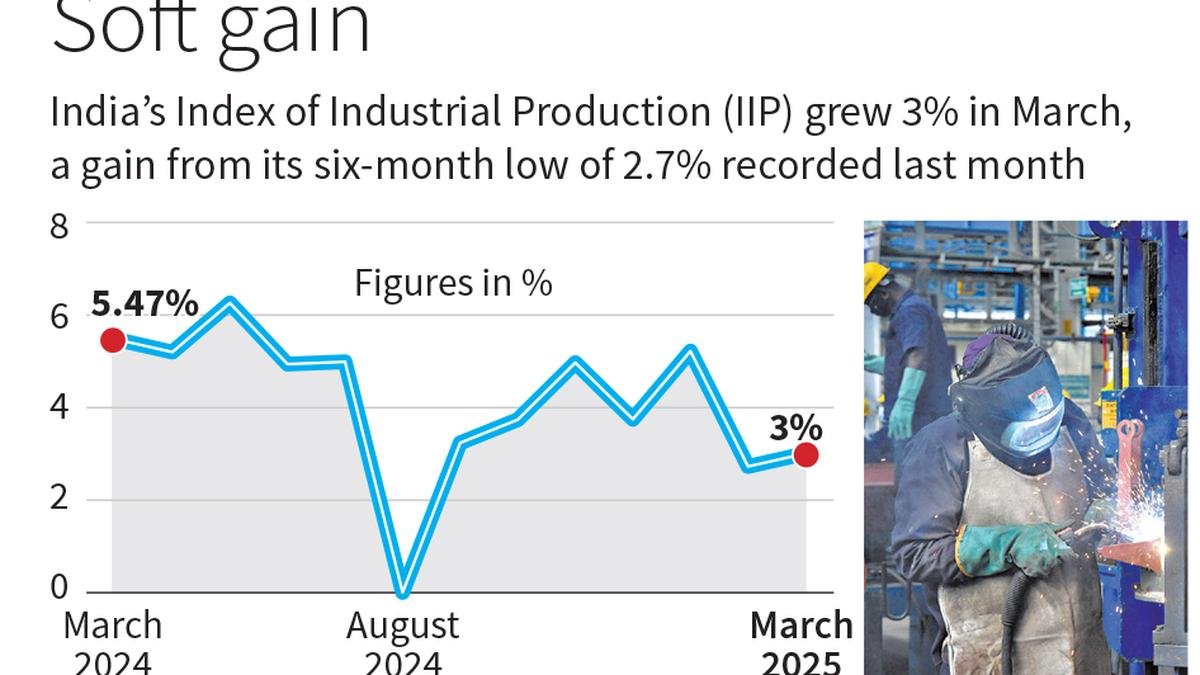If you are looking for a fairly easy read that describes how economists view the effects of tariffs, you could do worse thatn start with tbhe overview essay by Kyle Pomerleau and Erica York, “Understanding the Effects of Tariffs” (American Enterprise Institute, April 2025). Here, I’ll skip past their historical discussions of US tariffs, and President Trump’s historical affinity for tariffs, and just summarize some bottom lines–with more details available in the paper itself:
Will tariffs reduce the US trade deficit?
Although it may seem intuitive that taxing imports would reduce net imports, tariffs do not have a direct impact on the balance of trade. The trade balance is driven by net lending and borrowing between the United States and the rest of the world. Instead of reducing net imports, tariffs simply reduce overall trade. … Tariffs cannot permanently change the trade balance. Tariffs that reduce imports result in an equivalent reduction in exports in present discounted value, reducing overall trade but not the trade deficit.
How will tariffs affect the US dollar exchange rate?
Tariffs have a direct impact on the value of the USD [US dollar] by changing its supply (or the demand for foreign currency). When a tariff is enacted, it results in reduced US demand for imported goods. Since foreign exporters receive dollars for goods sold to Americans, a reduction in US demand for imported goods would reduce the supply of USD in the world market, resulting in an appreciation of the USD relative to other currencies. … [T]he stronger dollar would have an immediate negative impact on exports. Foreigners would find it more expensive to purchase US goods and services because foreigners earn incomes in their domestic currency and need to convert it to the more expensive USD to purchase US goods. … Finally, the appreciation of the USD due to enactment of a tariff would result in a onetime transfer of wealth from Americans to foreigners. A onetime appreciation of the USD would mean that the USD value of foreign assets would fall because it would become more expensive to convert foreign currencies into USD. At the same time, the stronger USD would be more favorable to foreigners, who could now receive a higher return in their domestic currency for a fixed amount of wealth denominated in USD.
How will tariffs affect the price level, and thus affect the real value of wages?
Intuition suggests that tariffs, like other excise taxes on products, should raise prices. While such taxes may raise the price of the taxed goods, the general price level is ultimately determined by the Federal Reserve’s actions. The Federal Reserve, which has a mandate for both price stability and employment, would likely increase the
price level in response to tariffs, but only if the tariff increase were significant. … Note that accommodation by the Federal Reserve results in a onetime adjustment to the price level, not a persistent increase in the rate of inflation. It is worth emphasizing that whether the Federal Reserve accommodates the tariff, it burdens households in the form of lower real, after-tax income. With accommodation, nominal incomes remain fixed while nominal prices rise, resulting in falling real incomes. Without accommodation, nominal incomes fall while nominal prices remain fixed, also resulting in falling real incomes.
Tariffs and the likelihood of retaliation
Trade is a two-sided transaction that benefits both buyers and sellers. The taxes that the United States imposes on foreign goods have a negative impact on the US economy and its trading partners’ economies. Likewise, the taxes foreign countries place on US exports harm both the foreign country imposing the tariffs and the United States. A foreign tariff can reduce demand in a foreign jurisdiction for US goods, reducing income earned by affected US exporters. … In 2018 and 2019, jurisdictions including China, the European Union, Japan, Russia, and the United Kingdom responded to US tariffs by imposing tariffs on US exports, affecting approximately 8.7 percent of 2017 exports (Williams and Hammond 2020). The US Department of Agriculture estimated that in 2018 and 2019, direct US agricultural export losses totaled more than $27 billion (Morgan et al. 2022). Retaliation created an additional drag on US output in the manufacturing sector, which, combined with the effects of higher input costs from tariffs, offset the benefits of protection for the sector (Flaaen and Pierce 2024).
A 10% tariff on goods might plausibly raise about $200 billion per year in tax revenue for the government. For comparison, federal revenue from the individual income tax is more than 10 times as high, at about $2.3 trillion per year.
Consider a proposal to enact a 10 percent across-the-board tariff on imported goods. Actual goods imports totaled $3.3 trillion in 2024 (BEA n.d.) … The taxable base would be smaller after considering noncompliance and behavioral responses. We assume noncompliance of 15 percent, which is consistent with the average across all taxes and the noncompliance rate assumed by the Tax Policy Center when it estimates the revenue effects of a value-added tax (Toder et al. 2011). In addition, we assume an elasticity of −0.76 in the first year that grows to −2 by 2032. … Applying the Joint Committee on Taxation’s latest income and payroll tax offset, which suggests that 26.2 percent of gross tariff revenue over the next decade will be offset through reductions in income and payroll taxes, the 10 percent across-the-board tariff is projected to raise $1.95 trillion over the next decade on a conventional basis …
Pomerleau and York are almost visibly striving for an even-handed tone, which of course endears them to me. But I’ll note that as a result they do not emphasize what seem to me some of the ways in which tariffs can severely injure US manufacturing firms: by taxing the imported inputs that US manufacturing firms need for production, and by the likelihood that US manufacturing firms will lose export markets as other countries retaliate with tariffs of their own.








Leave a Reply